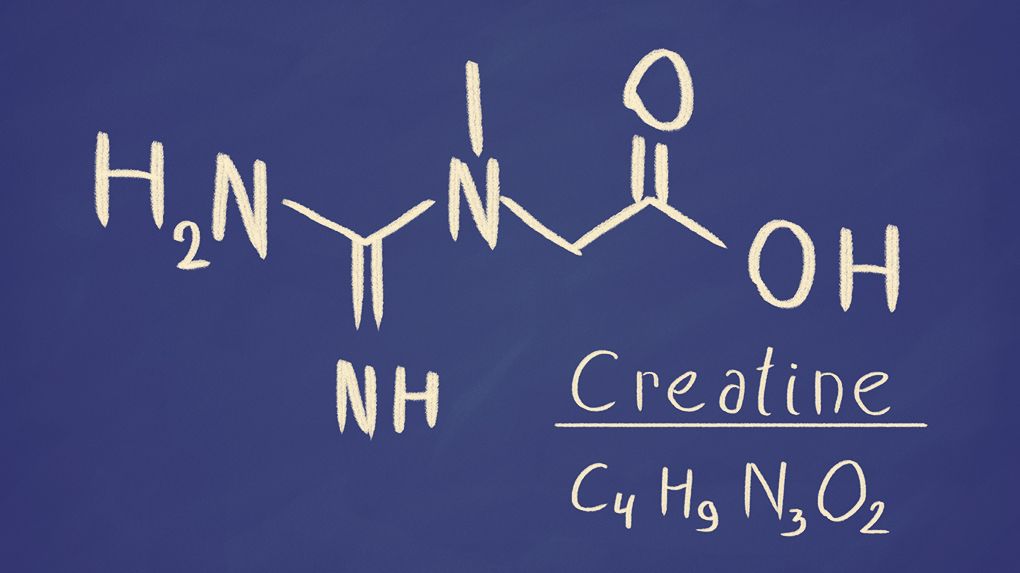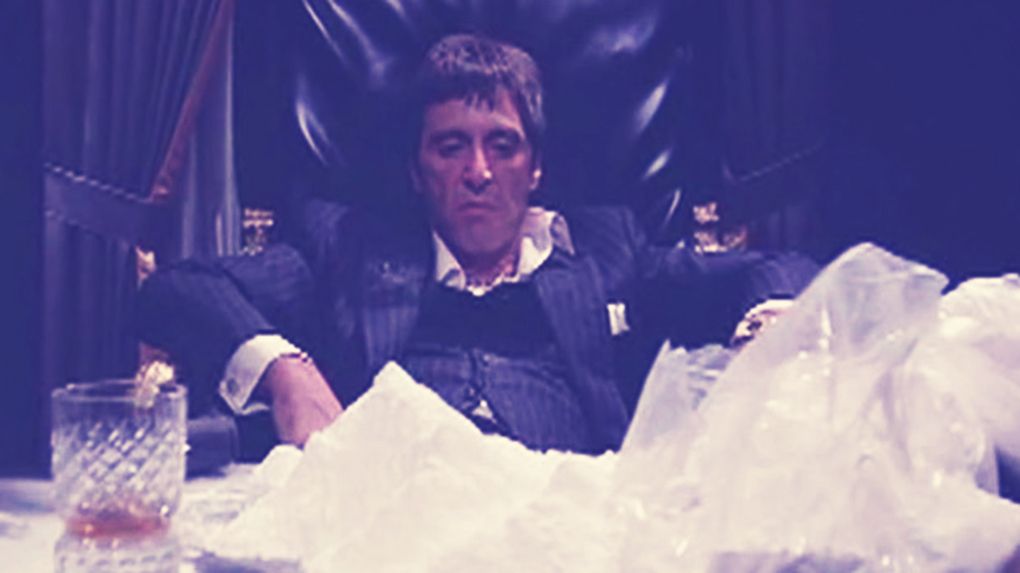
Once an obscure ‘miracle powder’ known to only the most devout of gym-goers, creatine has muscled (omglol) its way into the mainstream over the last few few years. You can now pick up a tub during your weekly Sainsburys big shop, slipping it into your trolley between a half-price Sloppy Giuseppe and a nine-pack of Andrex.
There’s a lot of guff and counter-guff out there about creatine
Still, there’s a lot of guff and counter-guff out there about what creatine does, what it doesn’t do, who could benefit from it and how they should use it. Unbound spoke to Dewi Williams, resident nutritionist at Holland & Barrett, to get a one-stop primer on the UK’s new favourite fitness suppplement.
Here comes the (not-that-complicated) science…
Hi Dewi. So, what exactly is a creatine supplement, and what does it do for people using it?
“The energy source used during ‘explosive’ movements – such as sprinting – is called ATP. During such movements, the amount of energy available to replenish ATP is largely determined by the amount of phosphocreatine stored in your muscles.
“Using supplements to increase the creatine levels in your muscles may increase the availability of phosphecreatine, thereby accelerating the replenishing of ATP.
Delaying your fatigue for that extra second allows you to get that last rep out
“Creatine supplements can increase phosphocreatine levels by anywhere from 10% to 40%. This produces more energy, delaying your fatigue for that extra second or two, and allowing you to get that last rep out.”
Are there any specific types of training – running, cycling, bodybuilding – that creatine is particularly suitable (or unsuitable) for?
“Supplementing with creatine can lead to weight gain as it draws water in to the muscles. This would be a disadvantage to those who require a low body weight for their sport – endurance athletes, for example.
Creatine is better suited to those performing ‘explosive’ movements
“Creatine supplements are better suited to those performing ‘explosive’ movements, such as sprint athletes and body builders.”

How do I choose which creatine product is right for me?
“I’d recommend the use of a creatine monohydrate powder. They’re more convenient than taking large amounts of tablets, and they’re known to absorb well.”
How should I start taking creatine?
“Take 5g of creatine monohydrate powder per day, alongside some carbohydrate, which’ll cause a spike in insulin production – insulin increases creatine’s transport into the muscles.
Take 5g of creatine per day, alongside some carbohydrate
“It’s not necessary to implement what’s commonly known as a ‘loading period’ – i.e. 20g per day for the first week – but doing so may, initially, increase your muscle creatine stores more rapidly.”
Should I still take it on days when I’m not training?
“Yes. To maintain muscle creatine levels during the supplementation period, it’s recommended that you continue to take creatine on rest days.”

Are there any potential side-effects to creatine I should know about?
“Weight gain, due to water being retained in the muscles. It’s recommended that users increase fluid intake to prevent dehydration.”
What happens if I suddenly stop taking it?
“Discontinuing use can lead to reversed effects after one month. So you’ll see a small drop in weight due to the reduced water retention.”
Will creatine make me mahoossive? I’m not sure I want to be huge and rippling – I just want to be stronger.
“A typical weight-gain in response to taking a creatine supplement will be 0.5kg to 1kg [1.1lbs to 2.2lbs].
A typical weight-gain will be 1.1lbs to 2.2lb
“Using a creatine supplement alongside resistance training and a diet providing sufficient nutrients should lead to gains in lean body mass. This won’t result in you suddenly developing huge, rippling muscles, as gaining lean mass is generally a slow process that requires a number of conditions to be optimal.”
Okay, cool. Thanks Dewi!
